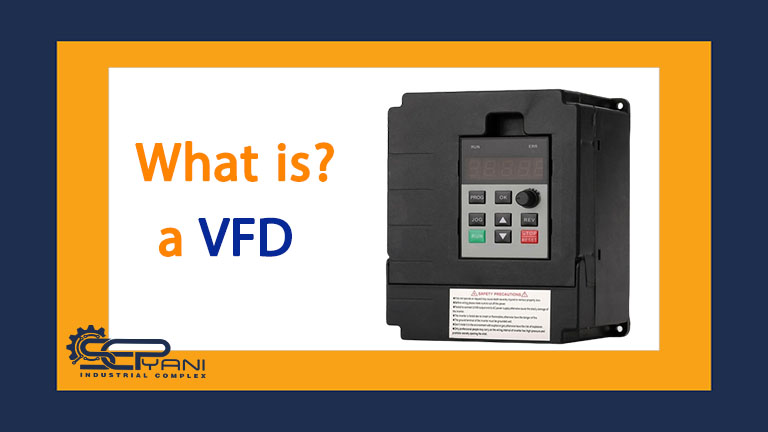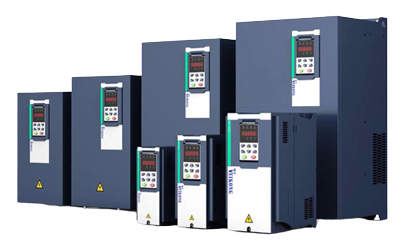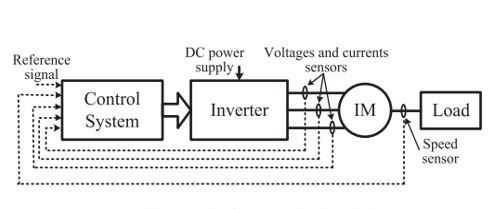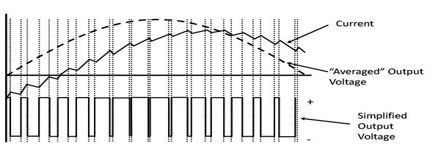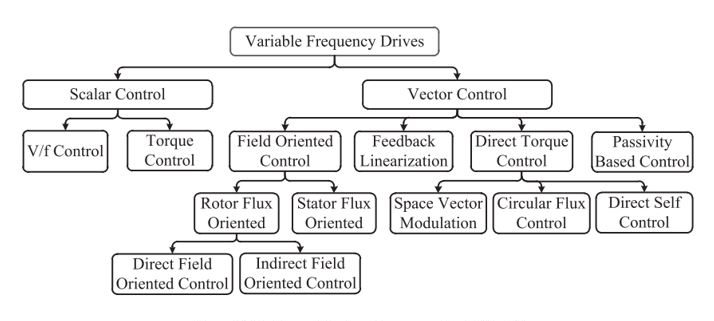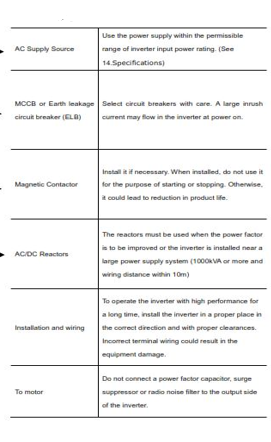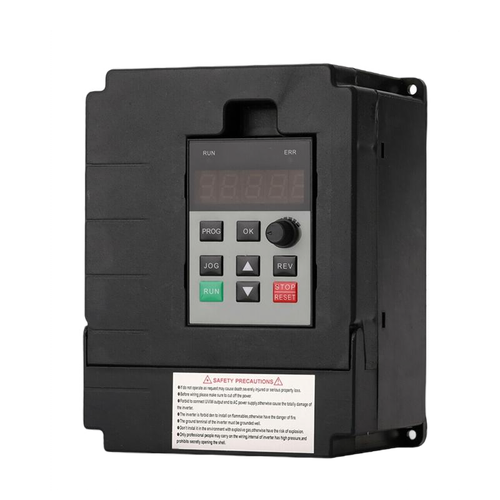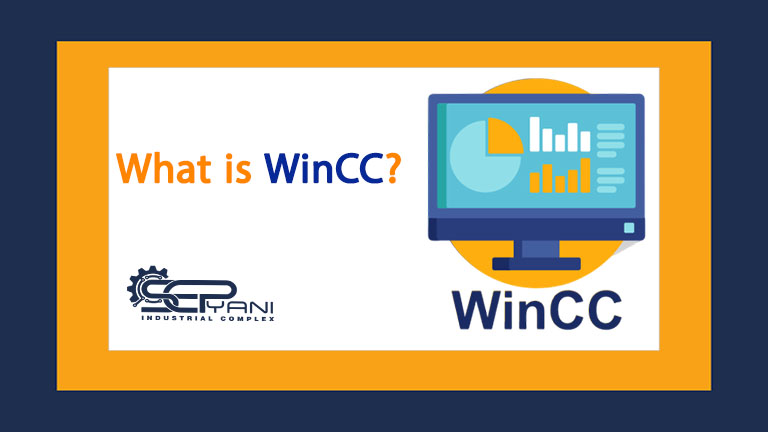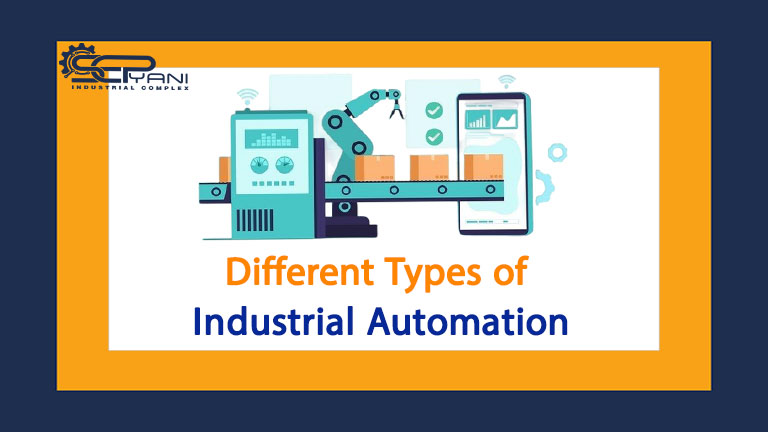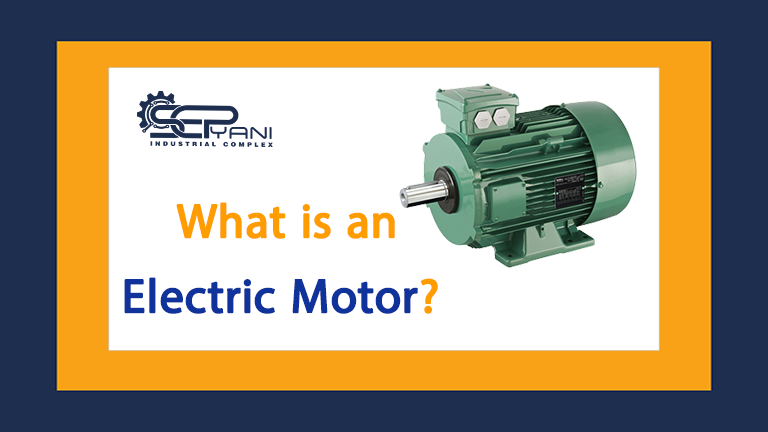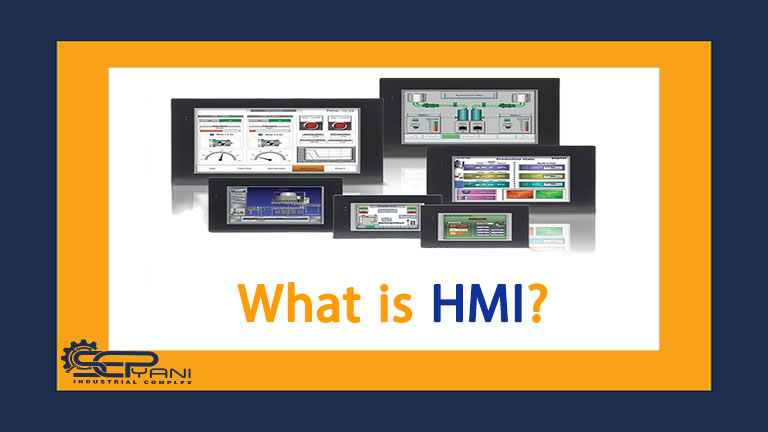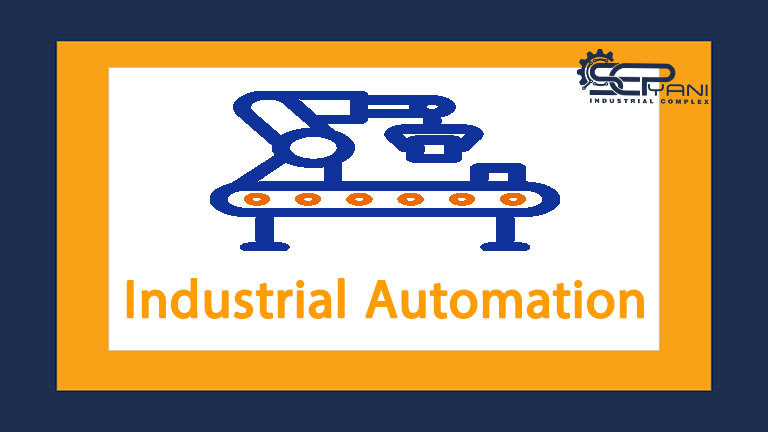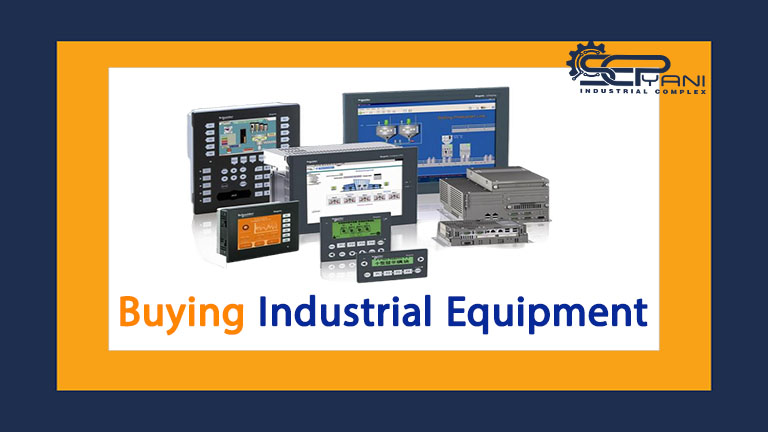What is a variable frequency drive (VFD)?
A variable frequency drive (VFD) is an electronic device for changing a utility power source to a variable frequency to control an AC motor in variable speed operation. Since the load of the induction motor is not constant and can vary according to the load requirement, the speed must be changed according to the increase or decrease of the load. If the supply voltage decreases, the motor torque also decreases. Motor speed is directly proportional to its input frequency. Hence, to maintain the voltage of the power supply, the speed and frequency must be varied accordingly.
Variable frequency drive (VFD) is one of the speed control methods that can be used for electric machines or electric generators. In this method, power electronic equipment is used to control the speed of electric machines or generators. Power electronic equipment is used to change the frequency of the input power to the motor and control the speed of electric machines. By using variable frequency drive (VFD), the control becomes more and more accurate.
VFD drive history:
Variable speed AC drives were introduced for the first time in the 60s, but their price and dimensions were not suitable for many applications. Also, due to the keying frequency, they did not perform very well. In the early 80s, with the increase in energy prices and technological progress, attention to these motors increased, and during the 90s, the use of AC drives became common and basically replaced the traditional methods of speed control and brushed DC motors.
Currently, AC drives including motor and power converter are comparable in price to DC drives and even cheaper than them. In addition, AC drives require less maintenance, have more reliability, and the dimensions and weight of AC motors are less than DC motors with the same power. Controlling the speed and torque of AC motors requires much more complex control methods than DC motors, which is only possible with very fast digital processors. In fact, two basic factors have led to the development of electric drives in recent years:
- Manufacturing power semiconductor devices with the ability to withstand high current and voltage as well as high switching speed
- Significant progress in the construction of integrated circuits for digital signal processing
Types of VFD drives:
- Drive with VSI voltage source inverter
- Drive with CSI current source inverter
- Drive with 6-step inverter
- Drive with load shifting inverter
- Cycloconverter drive or matrix
- Drive with slip recycling system with two-way feeding
Advantages of the drive:
- Increased life of rotating components due to lower startup speed
- Reducing energy consumption, especially at low speeds
- Braking capability with reduced losses
- Ability to connect to industrial networks such as Profibus
- Ability to issue commands based on PID controller
- The ability to control and issue commands through a computer
- Reduce the amount of noise and vibration
- Reduction of thermal and mechanical stresses
Drive applications:
Variable frequency drive is usually used in fans, blowers, pumps, conveyors, etc. Its HVAC application is in three-phase induction motor. Although in some smaller applications they may use a single phase induction motor. Variable frequency drive is used to save energy. In the following, you can see “Induction motor control system model by drive”.
General description of the function of variable frequency drive (VFD):
Inside the drive, the input voltage is connected to a diode bridge rectifier that converts the input AC voltage to DC voltage. DC voltage feeds the capacitors inside the drive. This is done to smooth the electrical waveform, which provides a suitable power supply for the next stage. Then the voltage reaches the inverter through the capacitors, which changes the DC voltage to the output AC voltage that goes to the motor.
Inverter section
In this section, we have six insulated gate bipolar transistors (IGBT). which acts as a very fast power switch. They have flywheel diodes in parallel (Flywheel Diode) for reasons that will become clear.
Now we can switch the IGBT up and down and provide a current path through both motor connections. To switch the IGBT, we simply apply a few volts to the gate (shown unconnected here). Then the IGBT conducts the current in the direction of the arrow. Depending on which IGBT we switch, we can create a positive or negative current path through the motor. Hence, we can generate AC from DC.
What we should not do is not switch the top and bottom IGBT directly on top of each other at the same time as this will cause a short circuit to the DC bus.
pulse width modulation (PWM)
If we turn the IGBTs on and off in a precisely controlled sequence, we can create a three-phase current in the motor winding. If we change the IGBT on and off time, we can control this current.
This is because the motor current does not change very quickly. Therefore, by increasing and decreasing the time it stays on, we can create a sine wave current in the motor with almost any frequency we want. This is of course what we want to do to control the engine speed. Using this technique, we can control the effective voltage, which in turn controls the magnetic field. This on and off time control is called Pulse Width Modulation (PWM) and is simply shown in the image below. The switching of the six IGBTs creates current paths to the motor, allowing three-phase sine wave current to flow and rotate the motor at the desired speed.
The amount of frequency required for switching IGBTs
If we switch our IGBT several thousand times per second (typically between 4 and 16 kHz) we can produce a perfectly desirable current waveform. Exactly as shown in the picture below.
Note that the output voltage consists of many pulses instead of a nice sine wave. The motor smooths the current into a slightly jagged sine wave. But the voltage is still composed of the PWM waveform from the IGBT, which can cause problems. However, the motor continues to work with the toothed current and rotates at the required speed. The motor current is not in phase with the “average” voltage due to the power factor of the motor.
The role of FlyWheel Diode in inverter
What do diodes do in an inverter? As you know, the current in the motor does not change very quickly. So when we turn off the IGBT the current must continue otherwise problems will arise.
Diodes create this current path automatically by switching or changing the current. Hence, switching diodes are called stray diodes.
How to control the inverter
Inverters are very difficult to control and short circuits are expected. But modern power semiconductors are very powerful, and fast and powerful digital signal processors allow for precise control and switching.
DC bus voltage value in single-phase and three-phase drives
However, the power part of the variable frequency drive is all connected to the AC power supply and works at DC voltages from 300 volts (with 230 volts AC input) to 600-900 volts with three-phase industrial sources.
Therefore, internal isolation between control circuits, user interfaces and the power section is important in terms of safety.
VFD drive control methods
- Scalar V/F control
- Vector Control
- DTC direct torque control
Important conditions for choosing a drive other than the engine plate:
- Amount of drive current under load
- Tolerable overload amount for the drive (start-up load means the load that is intermittently placed on the drive)
- Type of drive usage (heavy duty or light duty) with torque (fixed or variable)
- The height above sea level at the installation location of the drive (if it is higher than the standard value, the type with a higher capability should be selected)
- Tolerable temperature value of the drive in working conditions
- Carrier frequency reduces the amount of output current and causes heat losses etc. in the drive.
- The IP value of the drive (impermeability value for liquids and solids)
How to install the equipment:
Why should you use a variable frequency drive (VFD)?
Electric motors play a very important role in our business and daily life. All these engines work with electricity. They need a corresponding amount of electrical energy to do their work in providing torque and speed. All these motors consume electricity to provide the required torque or speed. If this torque or speed is too high or too low, mechanical controls are used to reduce the speed or control the output. which waste a lot of energy. The motor speed must match exactly what the process requires. Without a better way to control the speed, a lot of energy is wasted, which is not good from an economic point of view.
These are the engines that help you reduce energy consumption and CO2 emissions or even find more efficient solutions for your customers. Pumps, fans, and compressors often operate at a constant speed, and flow and destination control is accomplished by manually opening and closing valves in pipelines. This usually makes the setup process very difficult. Because, for example, setting up a pumping station may take up to an hour. Labor costs increase with personnel sometimes having to travel long distances to remote locations. In some installations this process is automated but energy consumption is poor.
Use of variable frequency drive (VFD):
Using a variable frequency drive (VFD) to control motors can result in significant savings. Approximately 70% of the total electrical energy used in industry is used to provide energy to electric motors. such as pumps that move fluids to fans that move air to compressors, conveyors, and any type of machine that depends on rotating power to do its job.
Using variable frequency drives (VFDs) results in immediate energy savings while also providing long-term competitive advantages. Any process that uses electric motors can achieve significant financial savings and benefits by using variable speed drives. You may want to take a look at your operations and processes, no matter how large or small, to see where the targeted use of variable frequency drives (VFDs) can help you achieve quick financial payback and long-term competitive advantages.
Conclusion:
Finally, we came to the conclusion that when the engine works at a lower speed, it will consume less energy. Therefore, a significant amount of electricity can be saved with the help of variable frequency drive (VFD). By changing the frequency and voltage of the induction motor, the speed of the induction motor can be changed. So the variable frequency drive (VFD) can work both for speed control and for energy saving.
As we know, energy conservation is one of the most important needs around the world. So after studying induction motor speed control using variable frequency drive (VFD), it is easy to change induction motor speed and also save energy.
Sepyani Industrial Group is ready to provide services in the field of designing, setting up and maintaining industrial automation systems using various drives, according to the type of use of your project. Using the drive saves energy costs, repairs of electric motors and increases production efficiency. To get more information, you can complete the consultation request form so that our experienced engineers will contact you as soon as possible.

